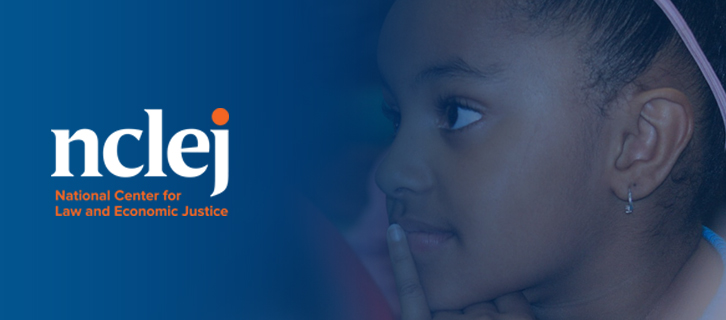Let Students Eat: How States Are Leaving Money (Food) On the Table
States are abandoning the pandemic electronic benefits transfer, or P-EBT. The P-EBT allows students who rely on the federal school lunch program to access meals when schools are closed.
With the declaration of emergency continuing through at least April 2022, Congress has already allocated funds to continue the issuance of P-EBT benefits. Legislative changes have made summer P-EBT an option for the next several years. Yet somehow, nearly half of the States have not bothered to draft and submit a P-EBT plan to the United States Department of Agriculture (USDA) to keep their program running for the current 2021-22 school year. P-EBT programs are shutting down without an approved plan of operation, because States are refusing to apply for federal funds, literally leaving money on the table, while families struggle to meet basic needs in the face of significant inflation. Worse yet, the failure to participate in school year P-EBT means that summer P-EBT will be off the table also.
Here’s the background: The federal school lunch program was implemented “as a measure of national security, to safeguard the health and well-being of the nation’s children.” Faced with an unprecedented public health emergency, Congress took a bold step in the Families First Coronavirus Response Act, creating P-EBT as a substitute for the school meals students miss when schools are closed due to COVID-19. In short, Congress ensured that poor kids were able to eat during periods of isolation at home.
Here’s how it works: Qualifying households were issued an electronic benefits card, if they did not already have one, and funds were deposited in the account linked to the card for each meal at school a child could not receive due to COVID-related school closures. A few dollars for a hot lunch may seem minimal, but over the course of weeks and months that some schools were closed, families received several hundreds of dollars in funds on their card for each school-aged child. Like SNAP, these P-EBT funds were restricted for the purchase of food and beverages.
The impact has been significant. For nearly two years now these P-EBT benefits have allowed millions of eligible families to receive additional funds for purchasing food when their children could not eat at school. Now, when food costs are rising and other pandemic supports such as enhanced Unemployment Insurance continue to disappear, the intentional withdrawal of states from the P-EBT program is disturbing and, frankly, an embarrassment.
Every single child needs to eat every single day. Not just some children—all of them need to eat. Not just on some days—children need to eat every day.
So why the resistance to ensuring people can buy food?
The fault for this indignity lies with both States and the USDA. USDA has created a grossly burdensome application process for the states who are willing to administer the benefits. Only 13 of the 29 states that submitted P-EBT plans to USDA have been approved for the school year that started six months ago. The major administrative burden of P-EBT operations created an easy way for states to justify opting out of doing the work required to feed poor children, allowing bias and indifference to manifest.
Research has already shown us that kids who do not eat cannot learn; they are slow to emotionally self-regulate and likely to experience adverse health consequences. Ensuring that children have enough food is good for them and for our communities. But more than that, feeding people is the bare minimum. Eating is not a luxury. It is a necessity. We can’t let students go hungry because of administrative hurdles.
You can read lessons learned and future actions to be taken, spearheaded by our partners.







